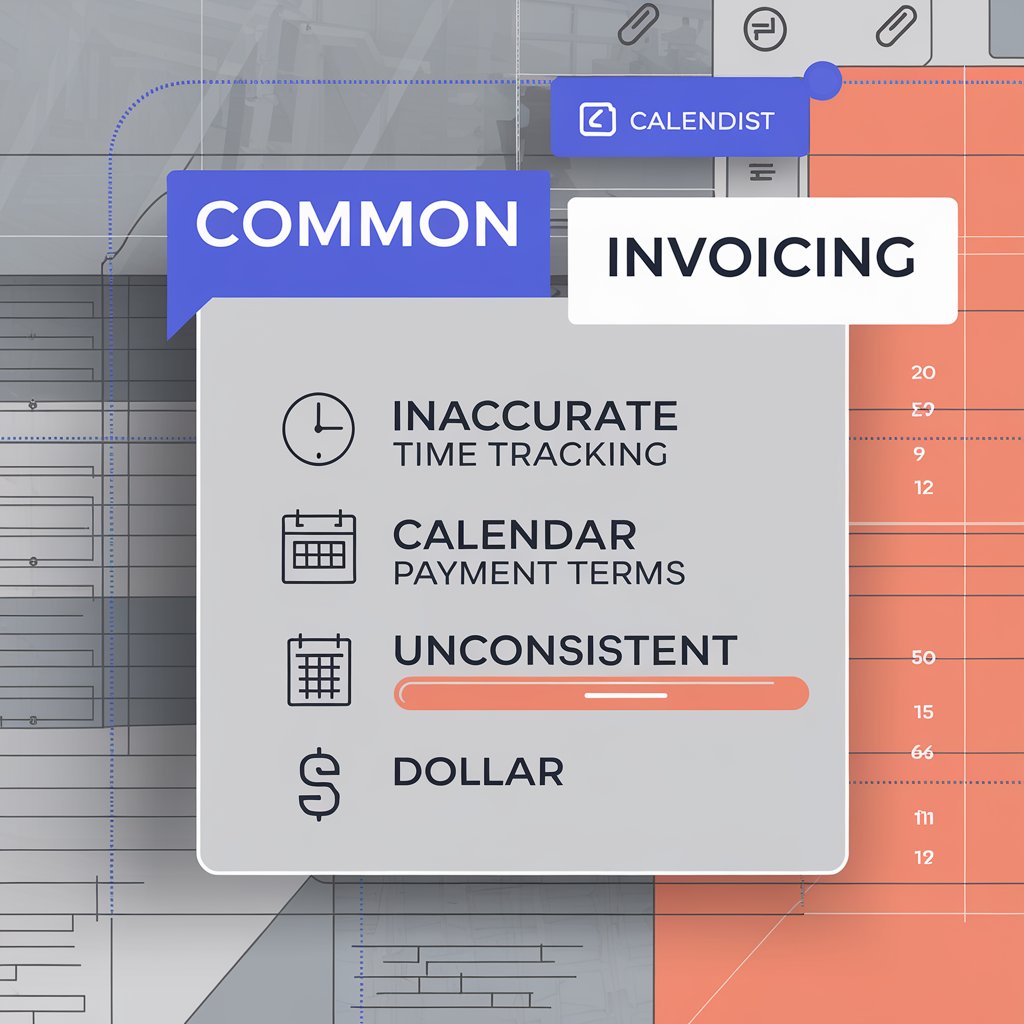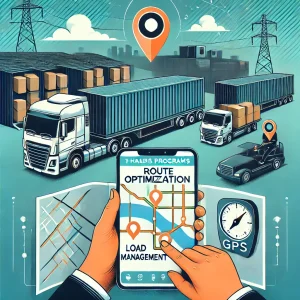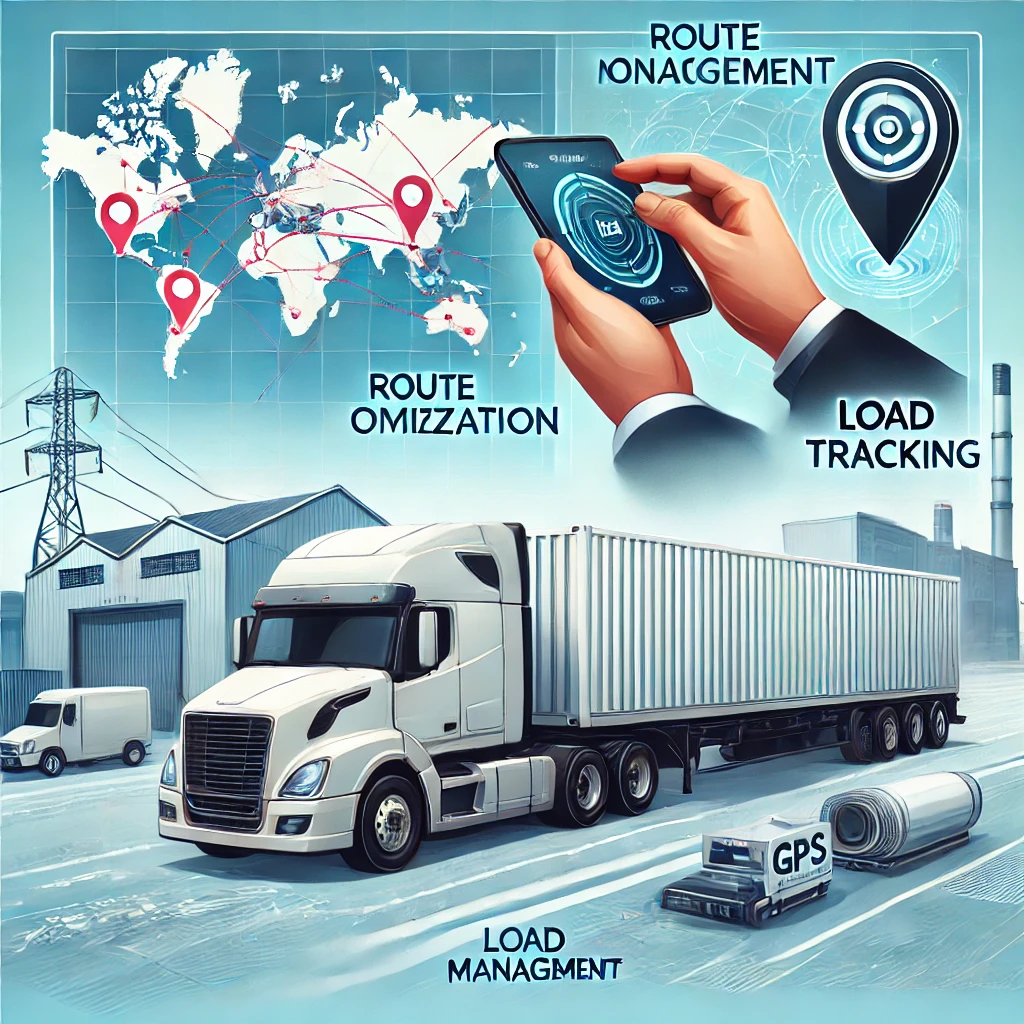Understanding Hauls Programs: How They Benefit the Logistics and Transportation Industry

What is a Hauls Program?
A hauls program in logistics and transportation is a structured approach to planning, scheduling, and managing freight hauls with the primary goal of maximizing efficiency and minimizing costs. These programs leverage data, technology, and strategic planning to optimize every aspect of the hauling process, from route selection to load management.
It’s important to note that the term “hauls program” can have slightly different meanings depending on the context:
- Operational Efficiency Programs: These focus on optimizing the logistics of moving freight from point A to point B in the most efficient manner possible.
- Driver Incentive Programs: Some hauls programs are designed as loyalty or rewards systems for truck drivers and fleet operators, incentivizing safer and more efficient driving practices.
Regardless of the specific focus, the core objective of any hauls program is to improve the overall performance of logistics operations.
Key Components of a Hauls Program
A well-designed hauls program typically includes several key components that work together to enhance efficiency and productivity. Let’s explore these components in detail:
1. Route Optimization
At the heart of many hauls programs is sophisticated route optimization. This involves:
- Using advanced algorithms to determine the most efficient routes for hauls
- Considering factors such as traffic patterns, road conditions, and delivery windows
- Reducing travel time and fuel consumption
- Minimizing empty miles (when trucks travel without cargo)
2. Load Management
Efficient load management is crucial for maximizing the utility of each haul. This component focuses on:
- Ensuring that cargo is efficiently packed and secured
- Maximizing truck capacity to reduce the number of hauls required
- Balancing loads to improve fuel efficiency and reduce wear on vehicles
- Coordinating multi-stop loads to increase efficiency on longer routes
3. Driver Scheduling
Optimizing driver schedules is essential for both compliance and productivity. This involves:
- Creating shifts that comply with hours of service regulations
- Balancing workloads to prevent driver fatigue
- Maximizing productive hours while ensuring adequate rest periods
- Coordinating driver availability with shipment schedules
4. Tracking and Monitoring
Real-time tracking and monitoring are critical for maintaining visibility and control over hauls. This component typically includes:
- Using GPS and telematics to monitor the status of hauls in real-time
- Tracking key performance indicators (KPIs) such as on-time delivery rates and fuel efficiency
- Identifying and addressing issues as they arise to prevent delays
- Providing accurate ETAs to customers and stakeholders
5. Performance Analytics
Data analysis is a crucial part of any hauls program, allowing for continuous improvement. This involves:
- Collecting and analyzing data on haul performance, fuel consumption, and driver behavior
- Identifying trends and patterns to inform strategic decisions
- Generating reports to measure the success of the program and identify areas for improvement
Benefits of Implementing a Hauls Program
Implementing a comprehensive hauls program can bring numerous benefits to logistics and transportation companies. Here are some of the key advantages:
1. Cost Reduction
One of the primary benefits of a hauls program is significant cost savings through:
- Lower fuel consumption due to optimized routes and improved driving habits
- Reduced labor costs through more efficient scheduling and reduced overtime
- Fewer unnecessary hauls by maximizing load efficiency
- Decreased maintenance costs through better vehicle utilization
2. Increased Efficiency
Hauls programs lead to streamlined operations, resulting in:
- Faster delivery times, improving customer satisfaction
- More deliveries completed per day or week
- Reduced idle time for drivers and vehicles
- Improved ability to handle rush orders or last-minute changes
3. Enhanced Safety
Many hauls programs include components that promote safer driving practices:
- Incentives for drivers to maintain good safety records
- Reduced driver fatigue through optimized scheduling
- Better route planning to avoid high-risk areas or conditions
- Real-time monitoring to identify and address unsafe driving behaviors
4. Better Resource Utilization
Optimal use of resources is a key outcome of well-implemented hauls programs:
- Maximized use of truck capacity, reducing the need for additional vehicles
- Improved driver productivity through efficient scheduling
- Reduced waste in terms of fuel, time, and manpower
- Better allocation of resources based on data-driven insights
5. Environmental Benefits
Many hauls programs contribute to sustainability efforts:
- Reduced carbon emissions through shorter routes and less idle time
- Decreased overall fuel consumption
- Optimization of loads to reduce the number of trips required
6. Improved Customer Satisfaction
The efficiencies gained through hauls programs often translate to better customer experiences:
- More accurate delivery estimates
- Faster delivery times
- Increased flexibility to meet customer needs
- Better communication through real-time tracking and updates

Types of Hauls Programs in the Industry
Hauls programs can take various forms depending on the specific needs and goals of the organization. Here are some common types:
1. Freight Hauls Optimization Programs
These programs focus on improving the logistics of freight movement:
- Emphasize route optimization and load management
- Often involve sophisticated software solutions for planning and tracking
- Aim to reduce costs and improve delivery times across the entire logistics network
2. Driver Incentive Programs
These programs are designed to motivate and reward drivers:
- Offer incentives based on performance metrics such as fuel efficiency, safety records, and on-time deliveries
- May include tiered reward systems or competitions among drivers
- Often incorporate gamification elements to increase engagement
3. Sustainability Hauls Programs
Focused on reducing the environmental impact of logistics operations:
- Prioritize route optimization to reduce mileage and fuel consumption
- May include initiatives to adopt alternative fuels or electric vehicles
- Often involve tracking and reporting on carbon emissions
4. Technology-Driven Hauls Programs
These programs leverage cutting-edge technology to optimize hauls:
- Utilize IoT devices, AI, and machine learning for real-time optimization
- May incorporate predictive analytics to anticipate and prevent issues
- Often integrate with other supply chain management systems for end-to-end visibility

How to Implement a Hauls Program in Your Business
Implementing a hauls program requires careful planning and execution. Here’s a step-by-step guide to get you started:
1. Assess Your Needs
- Identify key areas of your logistics operations that could benefit from optimization
- Analyze current performance metrics and set clear goals for improvement
- Determine which type of hauls program best aligns with your business objectives
2. Choose the Right Technology
- Invest in software solutions that offer route planning, load management, and real-time tracking
- Consider the scalability and integration capabilities of the technology
- Ensure the chosen solutions can provide the data and analytics needed to measure success
3. Develop Clear Guidelines
- Establish rules for load limits, driver schedules, and route selection
- Create standard operating procedures (SOPs) for implementing and managing the program
- Develop KPIs to measure the success of the program
4. Train Staff
- Provide comprehensive training for drivers, dispatchers, and managers on new systems and processes
- Ensure all staff understand the goals of the program and their role in its success
- Offer ongoing support and resources to address questions and challenges
5. Monitor and Adjust
- Regularly review program performance against established KPIs
- Gather feedback from drivers, customers, and other stakeholders
- Be prepared to make adjustments to the program as needed to maximize benefits
6. Continuously Improve
- Stay informed about new technologies and best practices in the industry
- Regularly update and refine your hauls program to maintain its effectiveness
- Encourage innovation and suggestions from your team to drive ongoing improvements

Technology's Role in Hauls Programs
Generally speaking, anybody involved in international trade can leverage the benefits of a good freight forwarding companies, making the entire process painless and stress-free.
Even the largest cargo owners of the world work with freight forwarding companies for a part of their business as the flexibility and knowledge freight forwarders add to the supply chain network can prove to be really beneficial.
A freight forwarder can become an extension to your business in numerous ways. They can either be your outsourced shipping or adviser who adds valuable insight into the process of import and export to save you time and money.
Invest in a solution that’s dynamic, adaptable, and innovative. With Linbis, step into the future of warehouse management where technology, efficiency, and user experience coalesce to create a symphony of operational excellence.
Conclusion
Implementing a hauls program can significantly improve logistics efficiency, reduce costs, and enhance safety in the transportation industry. By optimizing routes, managing loads effectively, and leveraging technology, businesses can stay competitive in an increasingly challenging market.
As the logistics landscape continues to evolve, hauls programs will play an increasingly important role in helping companies meet the demands of modern supply chains. Whether you’re looking to reduce costs, improve customer satisfaction, or meet sustainability goals, a well-designed hauls program can help you achieve your objectives.
Optimize Your Logistics with Linbis
Ready to take your logistics operations to the next level? Explore Linbis’s comprehensive suite of logistics solutions, including advanced tools for haul optimization, driver management, and freight tracking. Our cutting-edge technology and industry expertise can help you implement a successful hauls program tailored to your specific needs.
Don’t let inefficiencies hold your business back. Visit Linbis today to learn how we can help you revolutionize your logistics operations and drive success in the competitive world of transportation and supply chain management.
